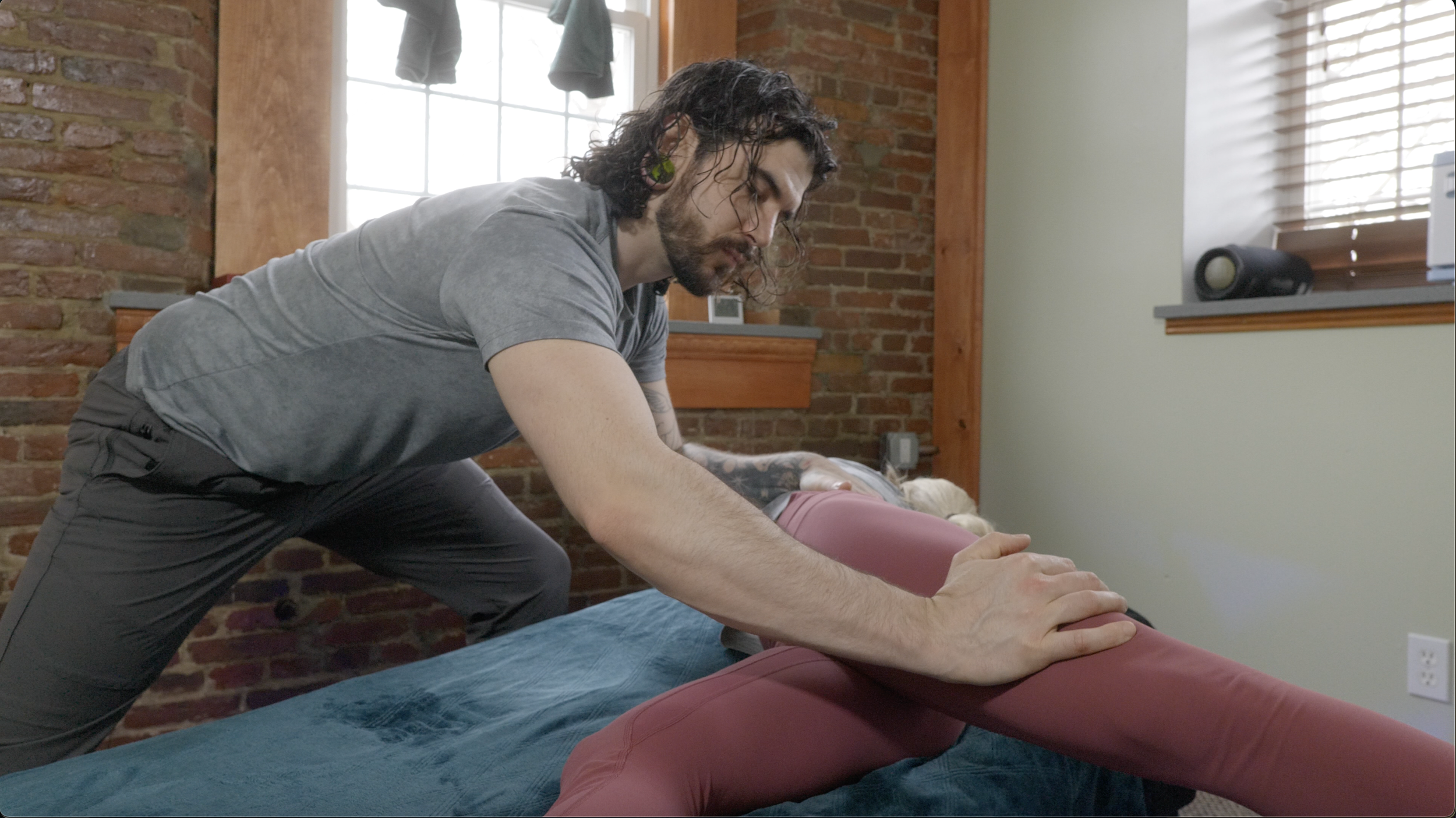
How Does Massage Work?
The unexpected simplicity behind the complex and elusive nature of our pain experiences and our perceptions of our bodies.
Theory, research interpretation, and what we know.
Much of what we hear about popular subjects such as myofascial release, trigger point therapy, circulation, and lymphatic drainage in the massage world are entirely theoretical, interpretive unsupported by current research. This doesn’t mean that these treatments are totally useless - just that how they work are often hyperbolically stated, leading to maladaptive beliefs and potential distractions from proper care and treatment.
“I wonder, why does my body hurt?”
This is the most common question heard in massage treatment rooms, and it is a very valid question - one that tends to produce oversimplified answers that don’t account for subtle factors like belief systems, lifestyle factors, and self-efficacy: a persons ability to accurately assess the problem and correct it.
So let’s change our narrative.
Asking “why?” tends to leave us feeling mystified, puzzled, fearful, and often mislead. The answer to this question is so dynamic, complex, and vast that we couldn’t possibly comprehend. The better question we need to ask ourselves is this.
“What am I going to do about it?”

Massage should be enjoyable. Often sterilized, over clinisized, and overcomplicated, we take for granted what relaxation, reassurance, connection, and touch have to offer. My massage treatments are about building an alliance between two people, building trust, consistency, and listening to truly understand where a person is coming from. That is what massage is about. I am honored and proud to provide simple, effective service to my community as I continue to deepen my understanding of the body and how to have more positive and empowering experiences in it.
— Andrew

